Large Marine Ecosystems – An Australian in Paris
Simon Costanzo ·Recently IAN was asked to attend and present at the 16th Consultative Committee Meeting on Large Marine Ecosystems and Coastal Partners in Paris, France. I was lucky enough to be the one from IAN chosen to participate and I absolutely loved it!
It’s unusual these days to attend a meeting and not know anyone, but this was the case for me at the UNESCO headquarters in the Invalides district of Paris. Invalides, so named due to the nearby L'Hôtel national des Invalides (The National Residence of the Invalids), which was a military hospital made famous by the interment of Napoleon Bonaparte's ashes in 1840.
The concept of a Large Marine Ecosystem (LME) was pioneered by Ken Sherman (NOAA) and his colleague Lewis Alexander (University of Rhode Island) in the 1980s. I got to meet Ken at this meeting and he is still passionate as ever about LMEs. The concept of a LME is that coastal ecosystems should be viewed and managed based on ecological criteria, rather than political or economic boundaries. These criteria are: (i) bathymetry, (ii) hydrography, (iii) productivity, and (iv) trophic relationships. Based on the 4 ecological criteria, 64 distinct LMEs have been delineated around the coastal margins of the Atlantic, Pacific and Indian Oceans.
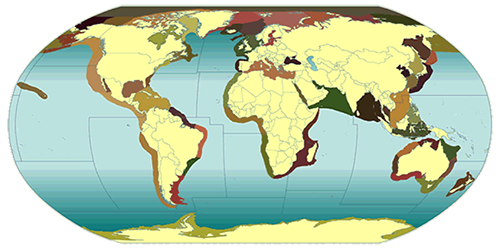
Interesting facts about LMEs are that they produce about 80% of the world’s annual marine fisheries catch (estimated at $12.6 trillion in goods and services), yet also represent the areas of the ocean that are most polluted, overfished, degraded, and susceptible to climate change effects. Add to these issues that around 55% of LMEs are shared by two or more countries, makes management of these areas that much more difficult.
The Global Environment Facility (GEF) began tackling this situation by including the concept of LMEs in its Operational Strategy in 1995, aimed at promoting multi-country management of coastal and marine resources. Over the past 20 years, GEF has funded projects in 22 LMEs involving a total of 133 countries. GEF is now working to assemble the learning’s and experience from these projects so that they can be applied more broadly. This 2014 meeting in Paris acted as the nexus between what information has been collected and/or learned; and what will now be done with it. Hence the segue to IAN’s involvement and original invitation by Leah Karrer from GEF, a previous collaborator with IAN in her former role at Conservation International.
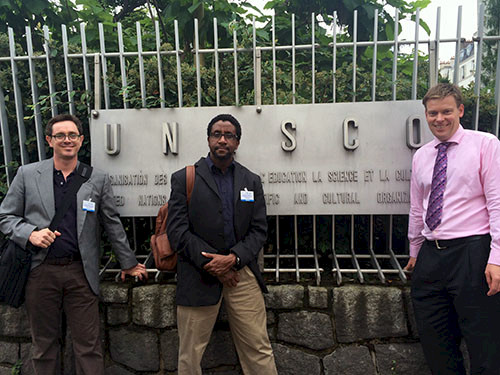
On day one, I passed through security and was greeted by an IOC-UNESCO intern decked out in the latest Paris fashion, Laetitia Langlois, who turned out to be one of a small army of very professional interns that were running the “show” from behind-the-scenes. Laetitia escorted a “wide-eyed-me” through the corridors of the UNESCO Annex Building on Rue Miollis, and as I scanned the signs on doors “LIBYA”, “ALGIERS”, “MOROCCO”, I felt privileged to have been invited to such a place of world influence. We made it to the meeting hall populated with long curving desks complete with microphones and headsets at each seat, and interpreter booths above (Nicole Kidman came to mind). Alas the meeting was conducted in English, but the headsets and microphones were nonetheless very useful for asking questions and listening in on participant discussions in a large venue.
Present were 70 representatives from almost 40 international organizations, including IOC-UNESCO, IUCN, UNEP, UNDP, FAO, GEF, NOAA, CI and WWF. Understandably, I was a little nervous about my talk the following day given the location and audience, but I had this first day to familiarize myself with the group and what the format was going to be. What struck me most, was the lack of large egos often present in such forums. Everyone was genuinely polite, keen to have a chat, and eager to learn what IAN does.
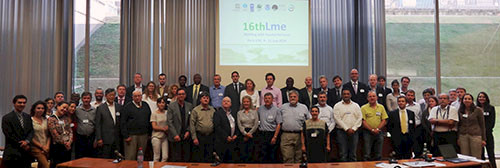
My presentation titled “Information synthesis, communication and dissemination” went smoothly and was received well based on the amount of alert, nodding and smiling heads in the audience and feedback afterwards. There was a general consensus that the group needs what IAN has to offer in terms of bringing their collective knowledge together. There was even talk of developing report cards for each of the LME’s; an idea that would definitely increase the exposure of the LME concept and act as a focal mechanism for information and knowledge pertaining to each LME.
Each afternoon after the meeting, many of the participants would congregate at a small café called Zig Zag, one block away from where the UNESCO building was located. It must be a common watering hole as I heard it referred to as a UNESCO satellite office. As per usual, much discussion occurred here on the day’s activities and of course the Brazil 7-1 defeat to Germany at the World Cup!
During one lunch break, a small group of us urged the interns to give us a tour of the main UNESCO Headquarters building on Place de Fontenoy, and lucky we did as we were not disappointed. We started by having lunch on the top floor in the canteen which had excellent views of the Eiffel Tower and a clientele from what looked like every country on earth based on skin color, clothing and/or language. It was truly a sight to behold. This was followed by a tour of the artwork in the building including “The Fall of Icarus”, a two story sized painting by Picasso, and “Walking Man” by Giacometti worth an estimated £60 million! We also were given access to the main conference hall, and the garden area outside the building which had a myriad of fascinating treasures and monuments. One of these was a salvaged sculpture “The Nagasaki Angel” that previously adorned a cathedral in Nagasaki, Japan, prior to the atomic bomb dropped on the city on 9th August 1945. So all in all, some pretty powerful and moving stuff.
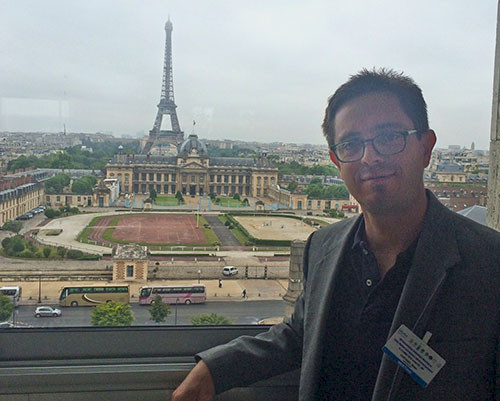
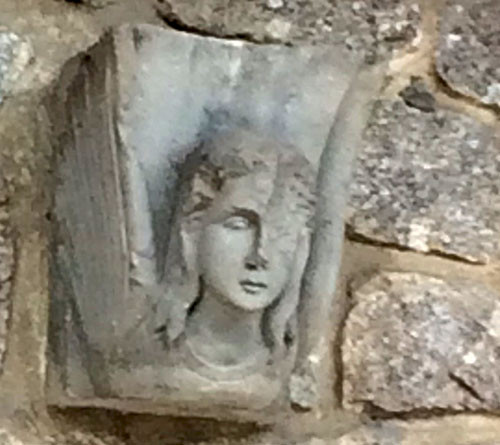
On the final evening of the workshop, a small group of us headed out to dinner which was a great way to end my time in Paris. I left Paris the next day buoyed by the new things that I had learned, the new people and now friends I made, and a sense that IAN was indeed now operating on a global scale.

About the author
Simon Costanzo
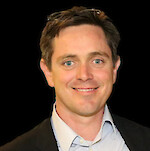
Dr. Simon Costanzo is a Science Integrator at the University of Maryland Center for Environmental Science in Cambridge MD. Simon’s career in environmental science over the past 20 years has been focused on developing and improving methods for the assessment, monitoring and management of aquatic, marine and terrestrial ecosystems. Simon has extensive experience in scientific data collection, synthesis, interpretation and communication. Simon’s career has provided a unique insight to a wide range of disciplines and stakeholder groups including government, academia and private industry. Dr. Costanzo obtained his academic training from University of Queensland in Australia (PhD).

